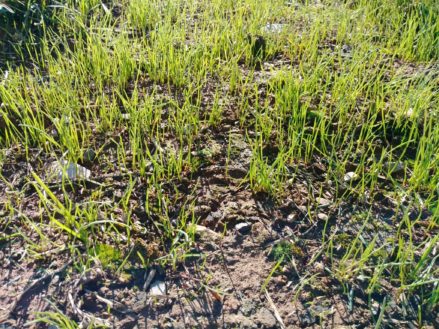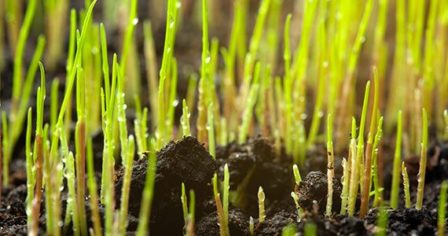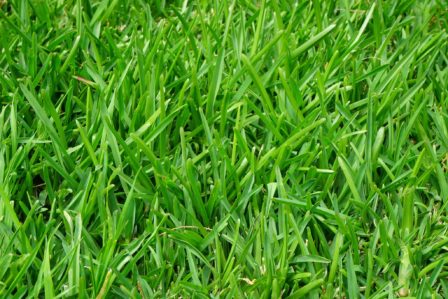The post Tips for Using Your Garden to Help Sell Your Home appeared first on Miss Smarty Plants.
First impressions are important. Seeing as your garden is the very first thing somebody sees when looking up, visiting, or driving past your home, it is imperative that you keep it in pristine condition. Follow these tips for using your garden to help sell your home fast!
You should start preparing the outdoor aspects of your home at least a month before you plan on hosting showings. In doing so, you will be given some leeway in case anything happens to go wrong, or in case you decide to change anything.
Listed below are some things you can do to keep your garden looking sharp throughout your home selling process.
1. Seasonal Plants and Aesthetics:
One way to catch the eye of any passerby is through a little pop of color! Planning your landscape to the current or upcoming season can make people turn their heads in the direction of your home!
For instance, bright pink and yellow flowers can be planted to signify spring, which will radiate joy and happiness! If you’re selling in the fall, oranges and reds could be used to shed a little festivity on your garden.
2. Standing Out
In many neighborhoods, things can begin to look a little repetitive. A cookie cutter home with a perfectly trimmed lawn and a freshling painted fence. Bor-ing!
One way to spruce up your garden, and make your home stand out, is by adding some sort of natural characteristic that your neighbors don’t have. This could be anything from a different type of tree, to a rock bedding.
Before making any drastic changes, check into the rules of your city and neighborhood, as well as a plant’s survivability according to your area’s climate.
3. Outdoor Furniture
Another way to make a home seem more cozy and livable is by adding some outdoor furniture to your garden!
Items that would look cute include swings, water foundations, birdbaths, statues, chairs, and tables. All of these items can be found at home goods stores, such as Lowe’s or Home Depot.
4. Showing Your Pride
Having well-rounded connections can be beneficial in all aspects of life, even when it comes to real estate. One way you can create connections among the people viewing your house is by hanging a college or sports team flag within the plants of your garden.
For instance, let’s say you’re a Miami Dolphins fan, and you wish to demonstrate this by placing a flag in your yard. Every other fan is going to have a connection with you, for merely having similar taste. This could significantly increase your chances of closing a deal!
5. Festive Decorations
Having a little bit of festivity can go a long way. Not only does hanging holiday decorations within and around your yard make it more fun to look at, but it can also make your home appear more family-friendly.
If you aren’t a fan of clutter, don’t fret! Even the simple placement of a candle-lit jack-o-lantern in the fall or Christmas lights in the winter can shine a light on your garden, figuratively and literally!
If you’re selling a home in the warmer months, where there aren’t many major holidays, try adding some simple summer decorations. For instance, you could add an animal statue, such as a flamingo or dog, or even add a piece of authentic art.
This contributed post may contain affiliate links.
The post Tips for Using Your Garden to Help Sell Your Home appeared first on Miss Smarty Plants.
from Miss Smarty Plants https://ift.tt/2yTVIlg



 You can’t seed once there’s been a frost
You can’t seed once there’s been a frost
 Myth: Because you seeded so late in the season, you are going to have to deal with crabgrass next Summer, or risk killing that seed.
Myth: Because you seeded so late in the season, you are going to have to deal with crabgrass next Summer, or risk killing that seed.

